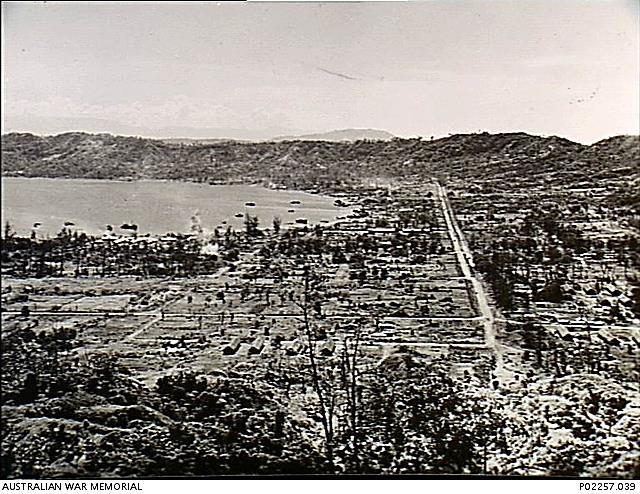
1 minute read
1946 WAR EFFORT REBUILDING – Sawn Timber
from PNGAF MAG ISSUE #9J W3 of19th Nov 2022 PNG WOODS Phases of Industrial Development till 1975
by rbmccarthy
1946 WAR EFFORT REBUILDING – Sawn Timber
At the end of the war, as far as can be ascertained, some 80 odd million super feet of sawn timber had been produced by these units. In addition, the forests had yielded thousands of pieces of round timbers for escarpments, corduroy, bridge timbers, telephone poles, firewood, and the many other needs of a vast army. It was roughly estimated that this effort had saved two million pounds worth of Australian timber and over three quarters of a million pounds worth of shipping space. Figures, of course, would be very much higher at present day prices. The cessation of hostilities in 1945 found that all the towns, with exception of Port Moresby, in ruins. Salamaua, Lae, Rabaul, and Madang were destroyed. Given the demand for timber in Australia and the scarcity of shipping space, it was necessary that the bulk of timber required for reconstruction be produced locally.
Advertisement
Rabaul after capture 1945. Much damage caused by allied bombing Oct 1945. Photo credit Australian War Memorial
This devastation, coupled with a revised policy of economic development, created an immediate need for sawn and seasoned timber. To facilitate the rapid rebuilding of the major towns, the Provisional Administration established and operated through the TPNG Department of Forests, sawmills using war surplus equipment and staffed largely by personnel recruited from the wartime Army Forestry Units. 56 Two war-time sawmills at Kerevat and Yalu sawmill near Lae were taken over by the Administration and operated by the Department to supply sawn timber and to acquire information on local timbers which would be of practical benefit in the development of a local commercial timber industry. One sawmill closed in 1960 and the other in 1961. By 1952, the local sawmilling industry had reached the stage where it was able to meet the local demand i.e., mill output around 24 thousand cubic metres per annum.
56 J B McAdam 1952:” Forestry in New Guinea” Paper to Papua & New Guinea Scientific Society’s Annual Report

